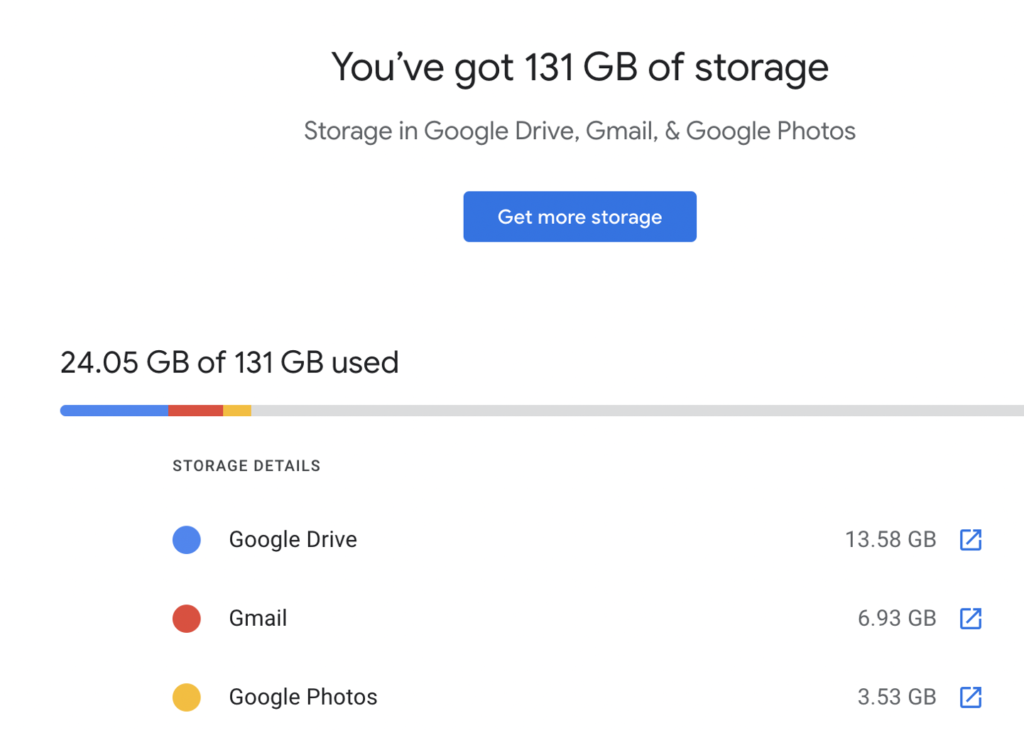On Wednesday (Nov. 11), I noticed an email from Google. It was a description of the changes to my Google Photos account. At present Google allows you to store as many “high quality” photos as you want for free. I am not certain what high quality is, but it is a compressed version of the original quality of a decent camera. High quality is still great quality. After June 1 of next year, free goes away. Any Google user has 15 gigabytes of storage (mail and drive). Photos added after June will count toward this limit. If you want more space you must pay for a Google One account.
I knew I paid a couple of dollars a month to Google for space and it turns out I already have a Google One account.


I purchased Google One because I was concerned about what I had stored in Google Drive. I was approaching 15 GB of Drive content. I must have the smallest account (100 gb), but I have lots of content stored.
Some thoughts on paying for stuff. In general, I think digital users should pay. The present ad supported model has resulted in problems concerning the collection and sharing of personal data and efforts by tech companies to attract more screen time from users. The mechanisms to increase screen time have manipulated our understanding of the world with the prioritization of attention grabbing mechanisms such as the prioritization of content suited to our personal interests and content more likely to generate an emotional response. Paying for a less manipulative service would probably be a good thing and the tech companies do need to way to generate revenue. The Google price model is reasonable.
From the other perspective, Google has employed typical big company tactics. Very much like Amazon, Google has undercut the price of competitors driving them out of business. I have no idea whether this was the long term intention, but it has worked out this way. Undercut competitors to close them down or buy them out and then raise prices. This is the type of thing the Commerce Department must address if we want to maintain the competition necessary for continued innovation.
40 total views
You must be logged in to post a comment.